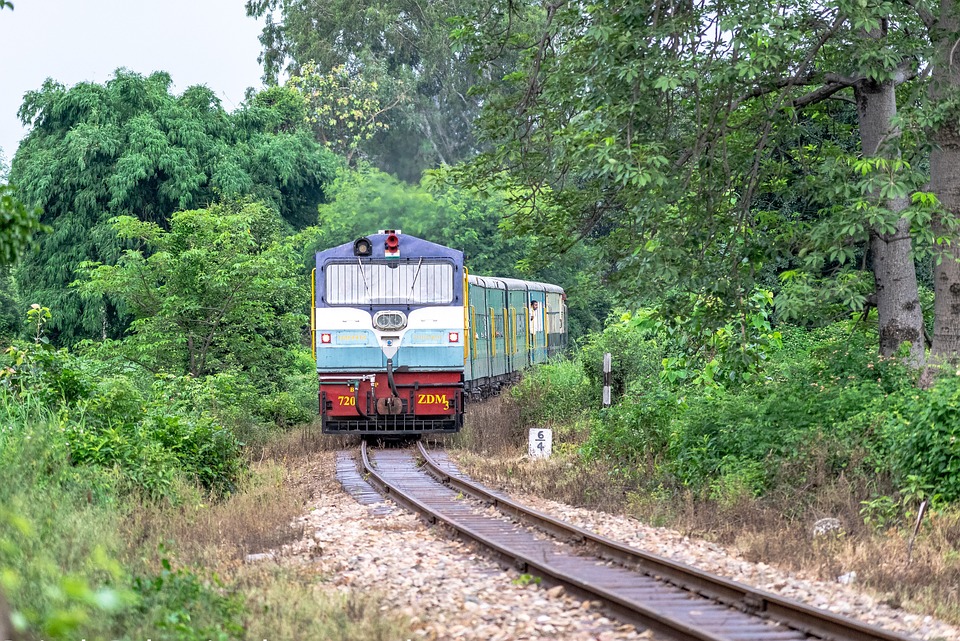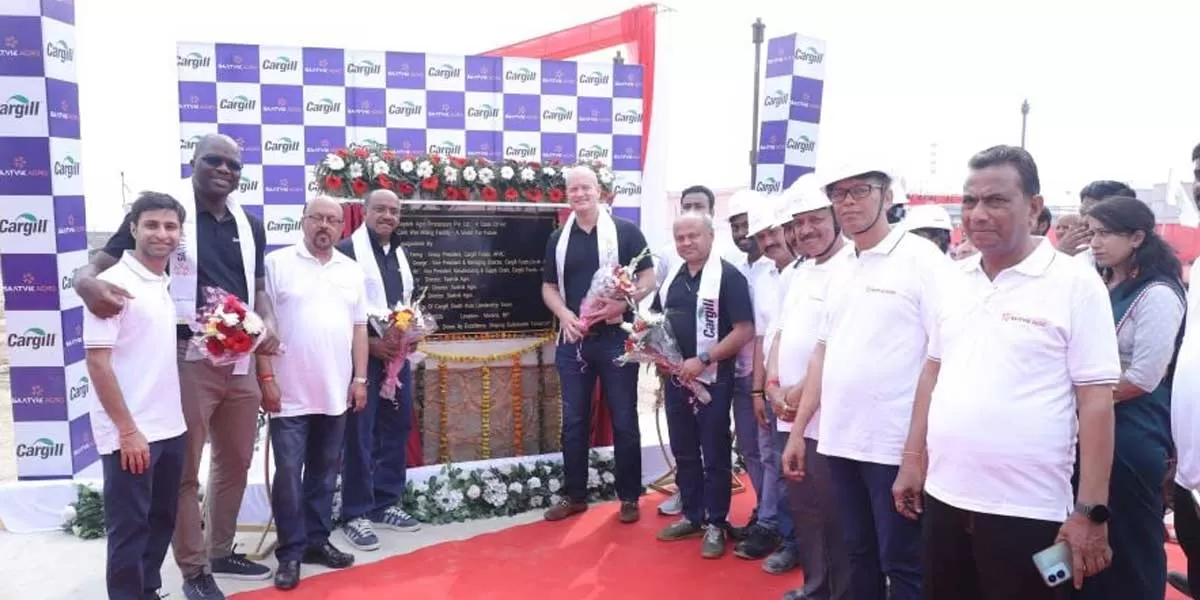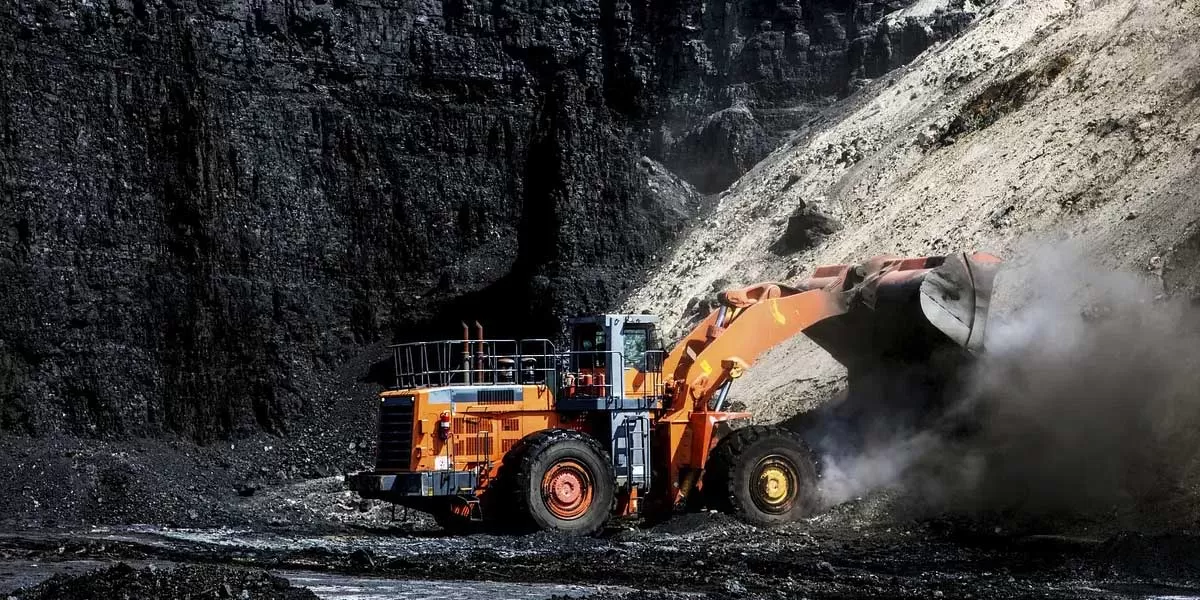
Railways releases energy-efficiency plan to reach 2030 net-zero goal

Cargill Inaugurates New Corn Milling Plant to Meet Growing Demand
With a combined market value of $15 billion, these sectors are witnessing high annual compounded growth rates of between 6 and 11% over next five years1, leading to increased demand for starch derivatives which are used as thickening or stabilising agents to achieve desired texture, viscosity and mouthfeel in consumer products like gummies, jellies, fillings, yogurt, cheese, processed milk and infant formula. Cargill has a business arrangement with Saatvik who has established this dedicated production facility for starch derivatives with an initial output capacity of 500 tons per day, which ..

India’s Thermal Coal Imports Drop Again Amid Manufacturing Slowdown
India’s thermal coal imports fell for the sixth consecutive month in February, marking a 15.3% drop to 12.16 million metric tonnes, according to ship tracking data. This is the longest decline streak since early 2022, driven by slowing manufacturing activity and rising domestic coal production. The world’s second-largest coal importer has seen muted growth in coal-fired power generation due to reduced industrial demand and increased renewable energy output. Despite expectations of higher electricity demand in the summer months, rising domestic production may keep imports subdued. ..

JK Lakshmi Cement Plans Rs 110 Billion Assam Project
JK Lakshmi Cement (JKLC) has signed a Memorandum of Understanding (MoU) with the Government of Assam at the Advantage Assam 2.0 Investment and Infrastructure Summit to develop a Rs 110 billion Greenfield cement production project. The agreement was formalised by Arun Shukla, president & director of JKLC, in the presence of Assam Chief Minister Himanta Biswa Sarma. The project, set to be developed over the next 7-8 years, will focus on cement production and value-added products, aligning with the government’s vision to position the Northeast as an industrial and infrastructure hu..














